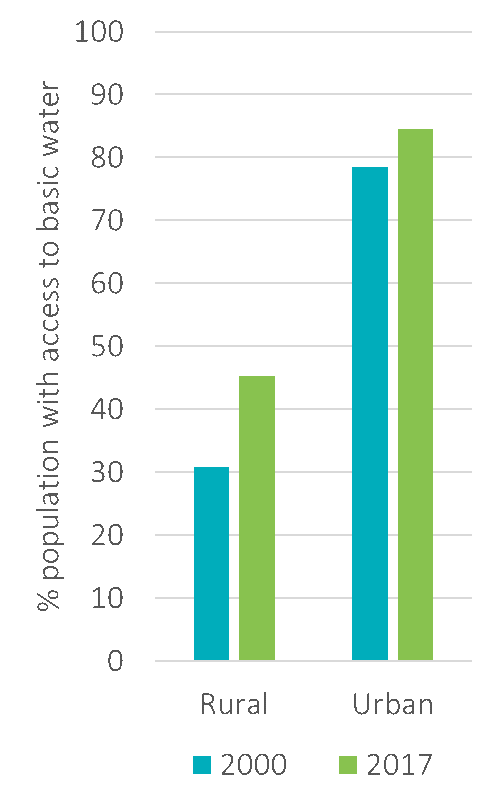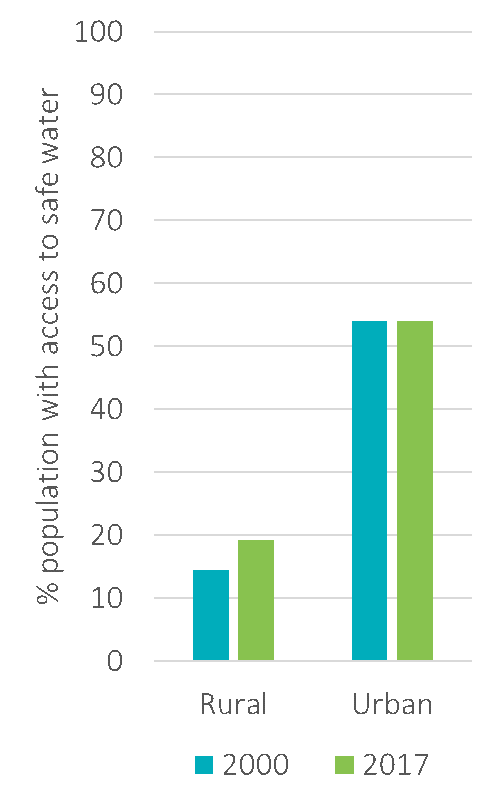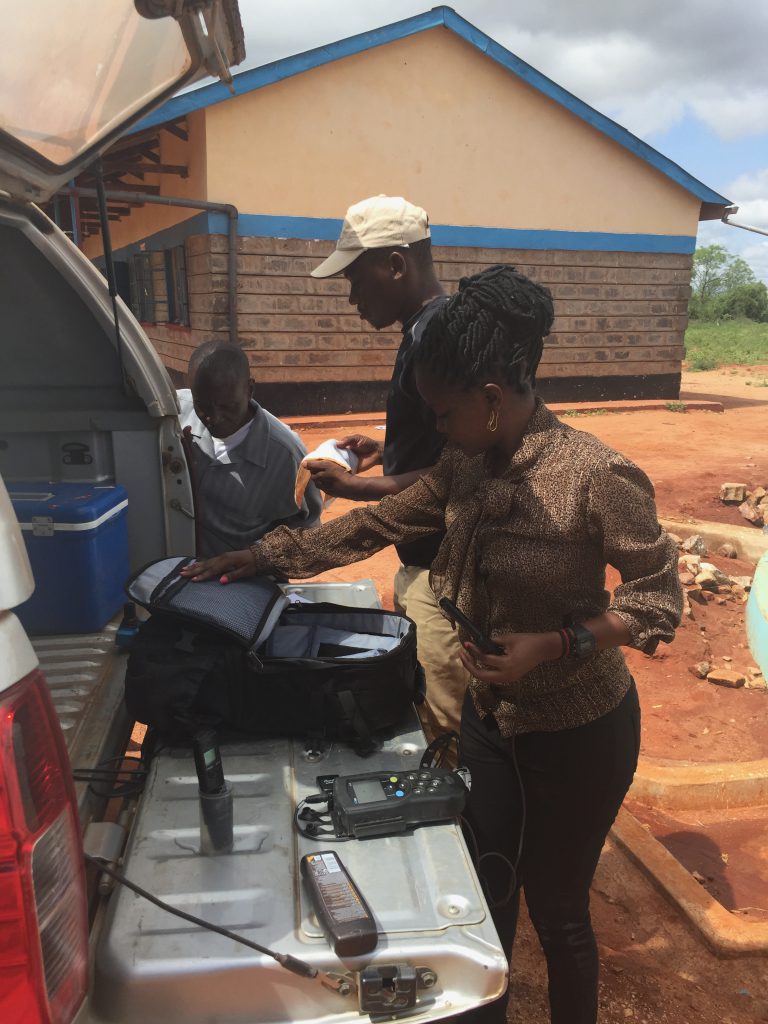Achieving safe drinking water for all in Africa: opportunities for innovation

Dr Katrina Charles, Associate Professor and Senior Research Fellow in the Oxford University School of Geography and the Environment, presented at the third AfOx digital insaka. Katrina’s work investigates water quality across Ethiopia, Kenya and Bangladesh. In this insaka, she speaks about why innovation around water quality monitoring and testing is critical.
As the coronavirus (COVID-19) spreads throughout the world, various enduring inequalities have been exposed. To help slow the spread of the virus, experts have strongly encouraged people to maintain frequent hand hygiene. As a result, inequalities around access to clean water have been brought into sharp focus. Over the last two decades, there has been significant progress in improving access to basic water supplies across Sub-Saharan Africa. However, there has been very little change in access to safe drinking water. Katrina’s talk highlights the opportunities for innovation to advance safe drinking water in Africa.
While access to basic water has been increasing in Sub-Saharan Africa…

Source: WASH Data
…there has been little change in access to safe water.

Source: WASH Data
Research on water often focuses on innovations in drinking water treatment, but there is limited availability of data on safe drinking water. Without access to data on water quality, there is a limited market for the treatment technology. Innovations in monitoring water quality and testing will allow water users to identify the most relevant method to treat contaminated water.
According to Katrina, there are two challenges that open up opportunities for innovation in this space:
1. Technology that is used to measure risk
Discovered in the 1880s, testing for and measuring E. coli has become the preferred indicator for measuring drinking water quality. However, Katrina explains that the E. coli test is not always an efficient indicator of water quality and limits innovation for other water quality tests.

E. coli
A sculpture by Luke Jerram. Bacterial World exhibition, Oxford Natural History Museum, February 2019
Photo by Katrina Charles
2. The approach that is used to set up water quality monitoring programmes
The data that is currently available on water testing is too limited and erratic to help households and community water managers make decisions about how to improve water quality. And due to a lack of formal, accredited labs in smaller towns and villages, the data is not made available in a timely manner.
Katrina highlighted some examples of innovation which respond to these challenges:
1.Giving communities E. coli test kits to use in their households means that people no longer have to wait for results to come from the labs in the major cities
2.Using a probe to measure bacterial activity gives instant results about water quality. This equips household and water managers with information that they need to manage the risk from consuming the water.
3.Deploying more dedicated field labs where local teams go out regularly and discuss the water quality issues with communities.

Photo by Katrina Charles
Find out more about the need and opportunities for innovation in water quality monitoring and testing by listening to Katrina’s full talk on our YouTube channel.
